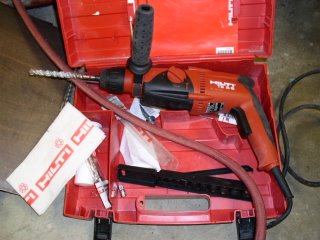A question
That stuff is the window and door latch mechanisms. Both are different than a typical car.
Taxis have simple slide windows. There is no crank. You just push them up or down with a handle attached to the top of the glass. The bomb has rare power windows. There is a motor and a system of cables to raise and lower the window.
 In the early 1960's there were several incidents where passengers trying to roll down the windows unintentionally opened the rear doors. A child was killed in 1961 while trying to roll down the windows with door handle. When another child fell from a cab and was killed in 1982, the PCO mandated window stickers showing that the windows are opened by pulling them down. The PCO also required that the door handles be covered with a plastic shield.
In the early 1960's there were several incidents where passengers trying to roll down the windows unintentionally opened the rear doors. A child was killed in 1961 while trying to roll down the windows with door handle. When another child fell from a cab and was killed in 1982, the PCO mandated window stickers showing that the windows are opened by pulling them down. The PCO also required that the door handles be covered with a plastic shield.In 1983 Carbodies added a mechanism that prevents opening the rear doors from the inside while the taxi is in motion. Additionally the rear doors remain locked if the driver's foot is on the service brake. Passengers had been known to open the reverse hanging doors into bicycles, passing cars, and pedestrians. Giving control of the door locks to the driver reduced the number of accidents. A lot of the bits on the left side of the door are part of the door release. Unlike a typical power door lock, the electric locks on a taxi only block the inside door handle. The outside door handles can be locked with a key and are usually left unlocked.
The electric lock mechanism is fairly simple. The doors will be unlocked if the cab looses electric power. I don't trust the electrical system one bit. A short or stuck relay could keep the door locks on. In normal taxi a passenger could always slide the window down and open the rear door with the outside handle. The bomb has power windows however. If the windows stop working a person could be trapped in the back compartment. I will install an emergency hammer.









